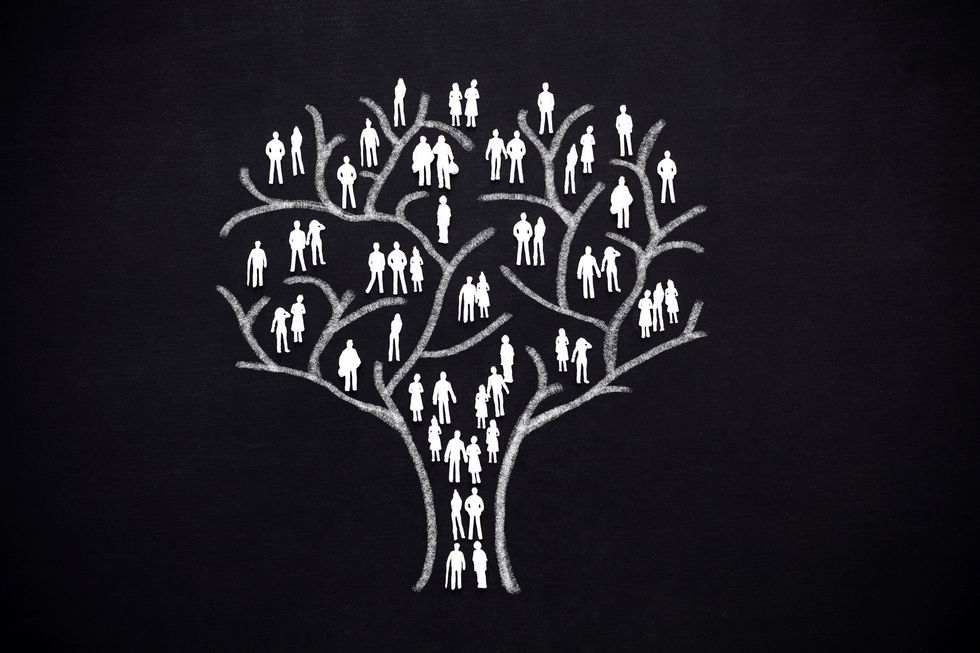
iStock.com/pepifoto
How to Create Your Family Health Tree
A family health history can be key to your wellness.
Dec 09, 2017
Dec 22, 2022
Menopause & Aging Well
Learn about our editorial policies

THURSDAY, Dec. 7, 2017 (HealthDay News)—A family health history can be key to your wellness.
Think of it as a family tree all about your health—a record of your close relatives' medical conditions, lifestyle habits and even where they grew up.
A family health history helps you see any increased risk of developing serious health problems, like heart disease, cancer and specific illnesses that are passed from one generation to the next.
Although you can't change your genes, you can take steps to lower health threats with good lifestyle habits and regular medical screenings.
To get started, talk to your parents and siblings. Then move on to second-degree relatives, like grandparents, aunts, uncles, nieces and nephews, and half-siblings. If your grandparents are no longer alive, ask your parents or any living aunts, uncles or cousins about them.
Here are some questions to ask each relative to create a family health tree:
Options for creating your own document include printed and online versions. The U.S. Department of Health and Human Services' "My Family Health Portrait" is available both ways.
To create a printed family health tree, access a form at: https://www.hhs.gov/familyhistory/portrait/portraiteng.pdf
To create an online family health tree, go to: https://familyhistory.hhs.gov/FHH/html/index.html
Once you fill in the information, go over it with your health-care provider so he or she can help you stay healthier. Also, share it with other family members, especially children and grandchildren, to help them live healthier—and longer—lives, too.
Copyright © 2017 HealthDay. All rights reserved.